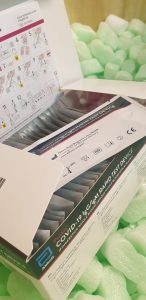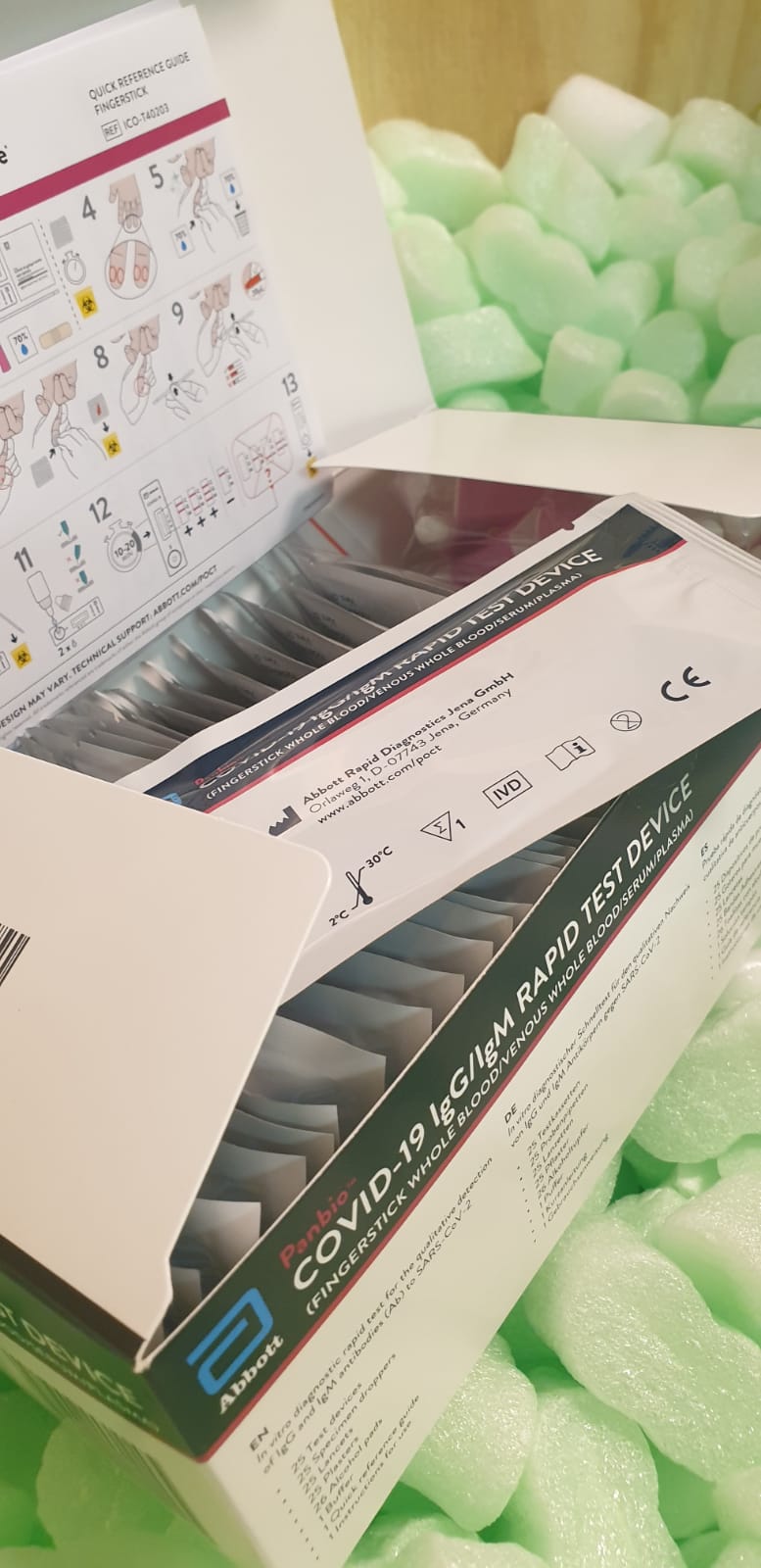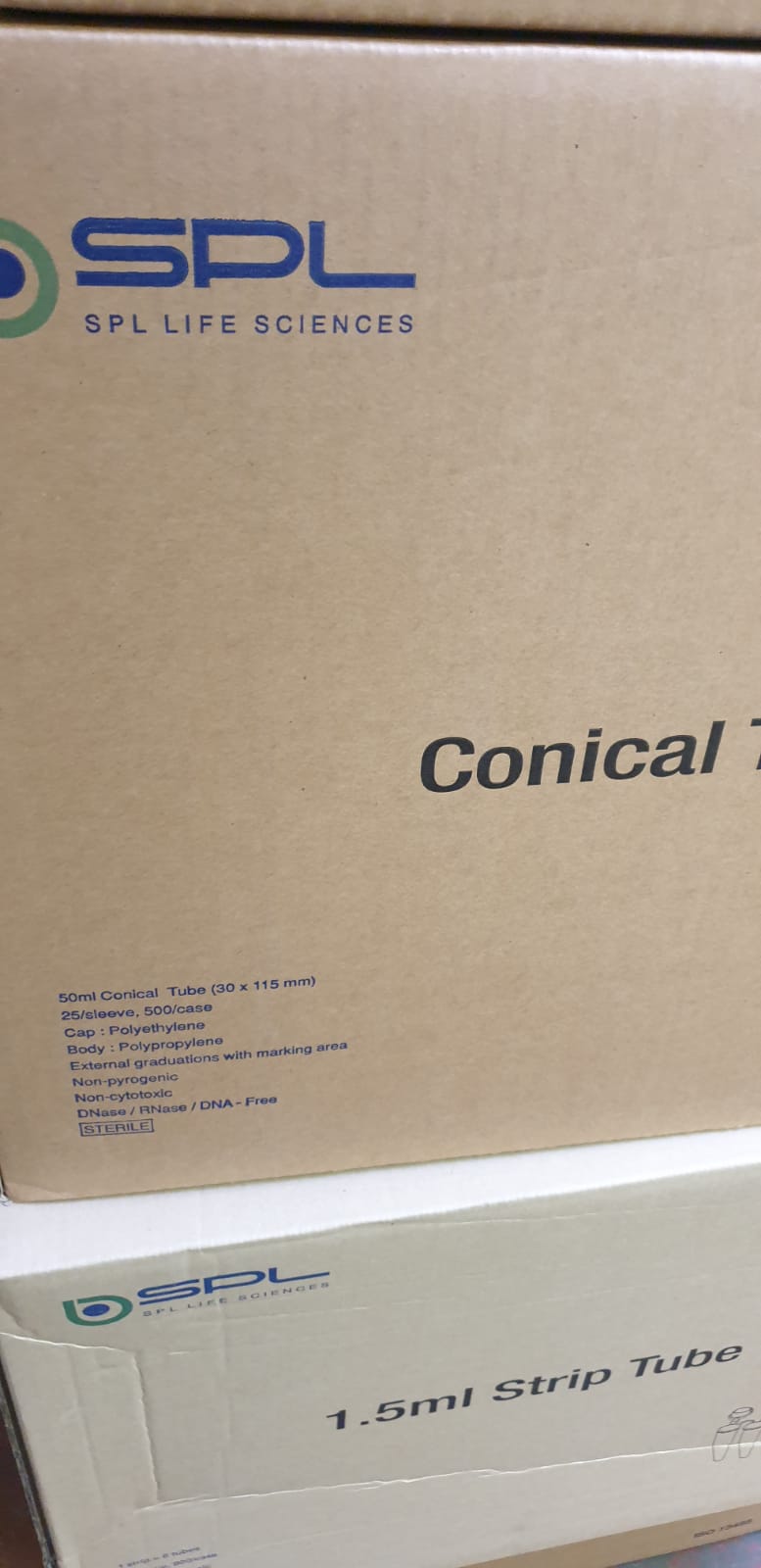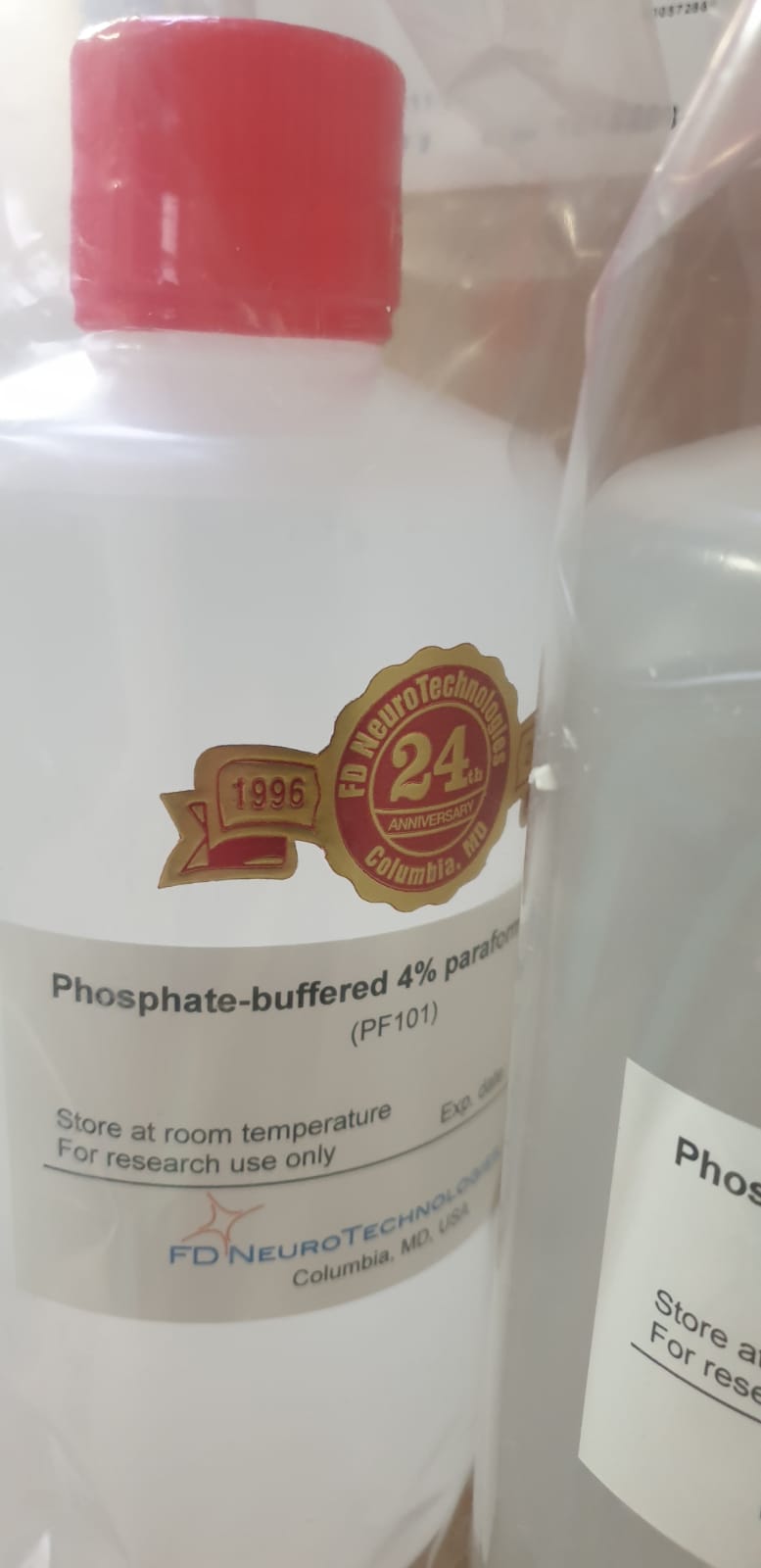Commonly, subcellular organelles equivalent to nuclei, mitochondria, lysosomes, and Golgi membranes are remoted first by differential centrifugation in low-speed or high-speed centrifuges after which purified by gradient centrifugation in ultracentrifuges. We have ready these organelles using a brand new high-speed centrifuge (28,000 rpm max) which permits the era of larger radial centrifugal forces (rcfs) than can be found in normal machines.
We have proven that the majority subcellular organelles will be purified by using low-viscosity Nycodenz gradients at rcfs decrease than these usually utilized in ultracentrifuges, without rising the time of centrifugation. Use of Nycodenz additionally permits speedy harvesting of materials from gradients and now we have tailored a quantity of enzyme assays to facilitate gradient evaluation.
Enhanced penetration of zona-free hamster ova by sperm ready by Nycodenz and Percoll gradient centrifugation.
The impact of sperm penetration capability after choice procedures using Percoll (Pharmacia AB, Uppsala, Sweden) and Nycodenz (Nycomed Diagnostics, Oslo, Norway) gradient centrifugation was in contrast with double-washed and swim-up in 47 subfertile males. The outcomes of sperm motility, velocity, and amplitude lateral head displacement confirmed no important enchancment with the centrifugation procedures.
The sperm penetration assay outcomes obtained with double-washed and swim-up method had been poor (2.7% +/- 1.7%), nevertheless, a major enhancement was obtained by Percoll (16.3% +/- 3.7%) and Nycodenz (15.8% +/- 3.3%) processing. Nycodenz centrifugation allowed sperm penetration of zona-free hamster ova at comparable charges to Percoll separation.
Evaluation of Nycodenz and Percoll density gradients for the choice of motile human spermatozoa.
Two high-density media, Percoll (Pharmacia, Uppsala, Sweden) and Nycodenz (Nyegaard & Co., Oslo, Norway), had been assessed for efficacy of choice of motile spermatozoa from oligozoospermic and asthenozoospermic semen samples. The outcomes indicated initially that the media had been equal for motile sperm choice. However, solely the spermatozoa chosen from discontinuous Nycodenz gradients retained their motility for no less than 21 hours (60% motility in contrast with 5% motility).
A considerably larger quantity of motile spermatozoa had been harvested from discontinuous Nycodenz gradients than from matched management samples using the swim-up process (12.0 +/- 3.Zero normal error of the imply [SEM] X 10(6)/ml versus 1.9 +/- 0.7 SEM X 10(6)/ml; 27 experiments, P lower than 0.001). Discontinuous Nycodenz gradients could also be helpful for choice of motile spermatozoa from poor-quality semen for in vitro fertilization.
Comparative examine of eosinophil purification on Nycodenz, Metrizamide and Percoll density gradients.
Studies on the metabolism of human eosinophils and their interplay with helminthic parasites have been hampered by the issue in acquiring these granulocytes in enough purity and amount. In this report, we describe for the first time the utility of the density medium Nycodenz for the purification of eosinophils from peripheral blood. Nycodenz density gradient centrifugation is in contrast with Percoll and metrizamide gradient centrifugation with particular emphasis on cell yield, purity of cell suspensions, and useful integrity of separated cells.
Percoll gradients present purer preparations (imply worth 94 +/- 15%) of eosinophils from blood with average eosinophilia than Nycodenz or Metrizamide (58 +/- 29 and 88 +/- 13%, respectively). The restoration charges of eosinophil-enriched fractions had been low after Nycodenz centrifugation (29 +/- 19%) compared to Metrizamide (60 +/- 21%) or Percoll (70 +/- 16%). Eosinophils (as neutrophils), ready by the Three methods, operate metabolically (superoxide anion era) and in assays measuring phagocytosis (S. aureus, zymosan particles). Percoll gradient remoted eosinophils (as neutrophils) adhere to and immobilize larvae of Onchocerca volvulus.
Morphological and useful traits of mouse mammary carcinoma cells separated on Nycodenz columns.
Tissue from 4 mouse mammary carcinomas was enzymatically disaggregated and cells from the ensuing cell suspension had been fractionated on a discontinuous density gradient column (5-20%) of Nycodenz (Nycomed A.S. Oslo). The cell fractions separating at the 10-15% and 15-20% interfaces (density 1.082 and 1.110 g/ml respectively) contained a imply of 83.2 +/- 10.8 (s.d.) and 79.9 +/- 17.four tumour cells. Compared with the unique cell suspension these cell bands contained much less cell aggregates and cell particles.

The cells in the bands additionally confirmed an equal capability to develop in tissue tradition and to type pulmonary tumours on i.v. injection into isogenic mice, when put next with the tumour cells in the unique suspension. The comparatively pure preparations of carcinoma cells thus separated could also be of worth in limiting the undesirable impact of regular cell contamination when testing neoplastic cells in vitro for sensitivity to medicine or hormones.
Subfractionation of hepatic endosomes in Nycodenz gradients and by free-flow electrophoresis. Separation of ligand-transporting and receptor-enriched membranes.
The complexity of rat liver endosome fractions containing internalized radioiodinated asialotransferrin, asialo-(alkaline phosphatase), insulin and prolactin was investigated by using free-flow electrophoresis and isopycnic centrifugation in Nycodenz gradients. Two subfractions had been separated by free-flow electrophoresis. Both subfractions contained receptors for asialoglycoprotein and insulin. Glycosyltransferase actions had been related to the extra electronegative vesicles, whereas 5′-nucleotidase and alkaline phosphodiesterase actions had been related to the much less electronegative vesicles.
Three subfractions had been separated on Nycodenz gradients. Two subfractions, beforehand proven to grow to be acidified in vitro, contained the ligands. At quick intervals after uptake (1-2 min), ligands had been primarily in subfraction DN-2 (density 1.115 g/cm3), however motion into subfraction DN-1 (density 1.090 g/cm3) had occurred 10-15 min after internalization.
Low quantities of glycosyltransferase actions had been related to subfraction DN-2, and 5′-nucleotidase and alkaline phosphodiesterase actions had been primarily positioned in subfraction DN-1. The binding websites for asialoglycoproteins and insulin had been distributed in the direction of the larger density vary in the Nycodenz gradients, thus indicating a segregation of receptor-enriched vesicles and people vesicles containing the varied ligands 10-15 min after internalization.
Electron microscopy of the subfractions separated on Nycodenz gradients indicated that whereas the ligand-transporting fractions consisted primarily of empty vesicles (common diameter 100-150 nm), the receptor-enriched part was extra granular and smaller (common diameter 70-95 nm). The properties of the endosome subfraction are used to assign their origin to the areas of the endocytic compartment the place ligand-receptor dissociation and separation happen.


